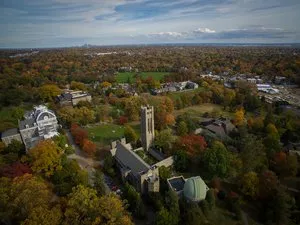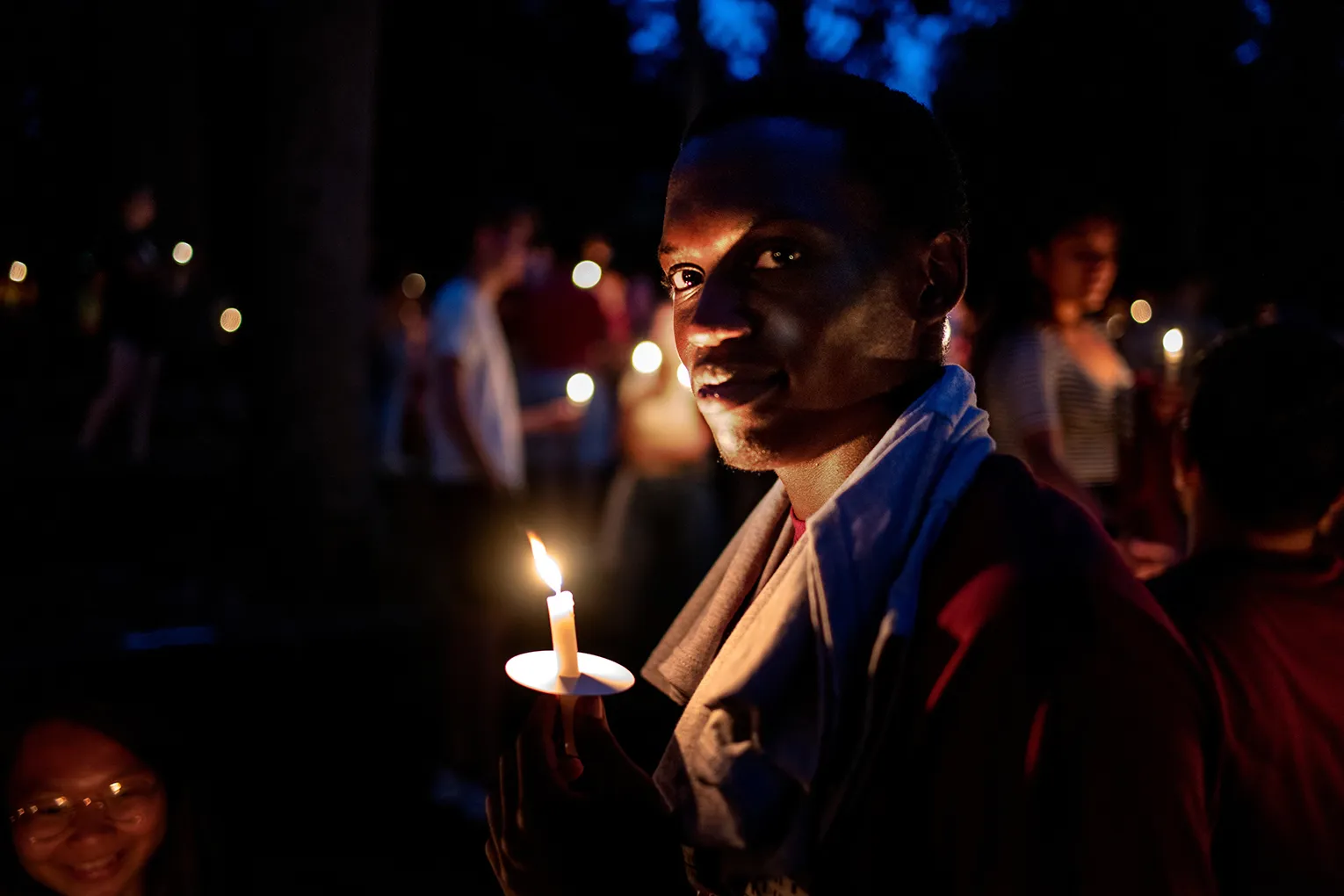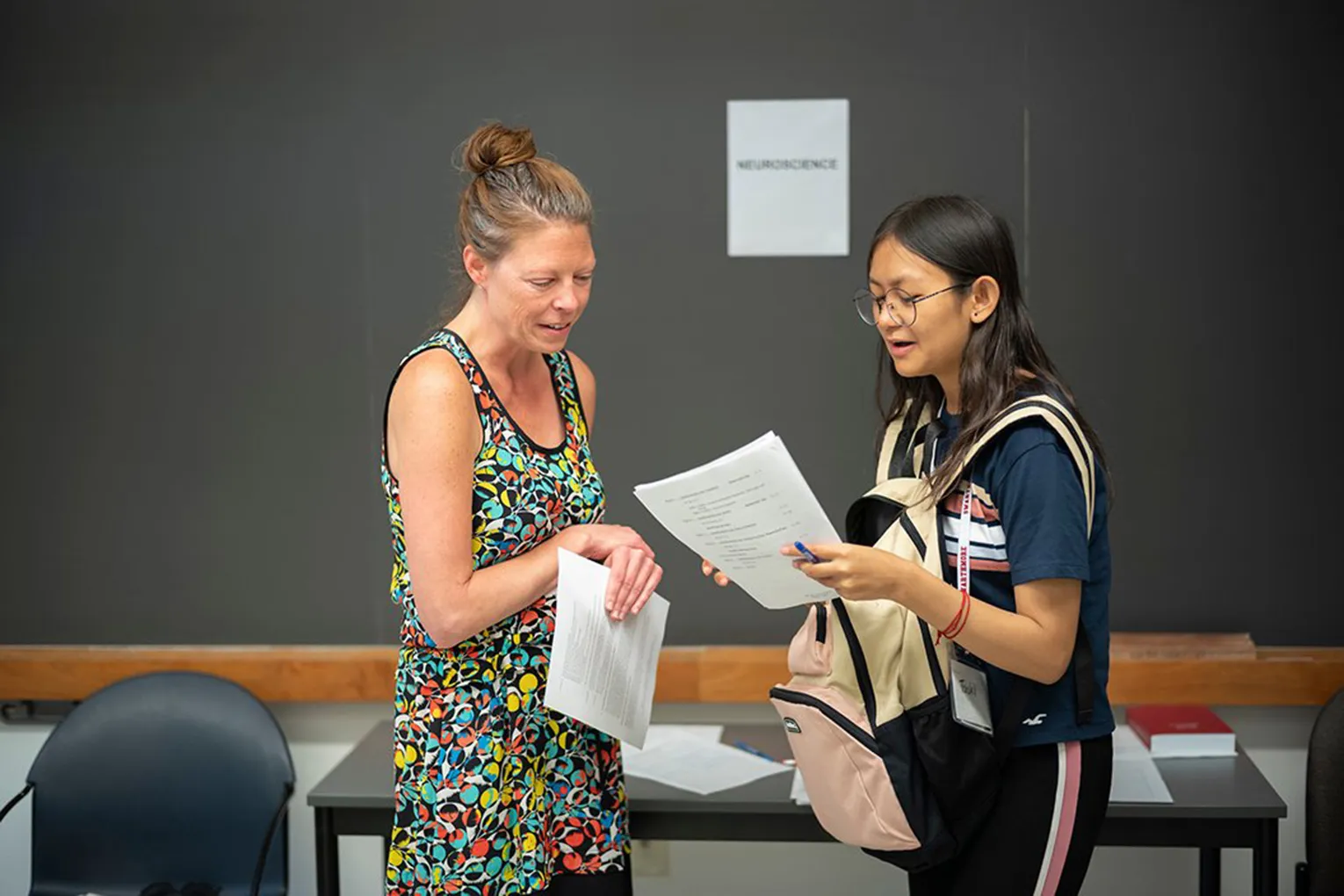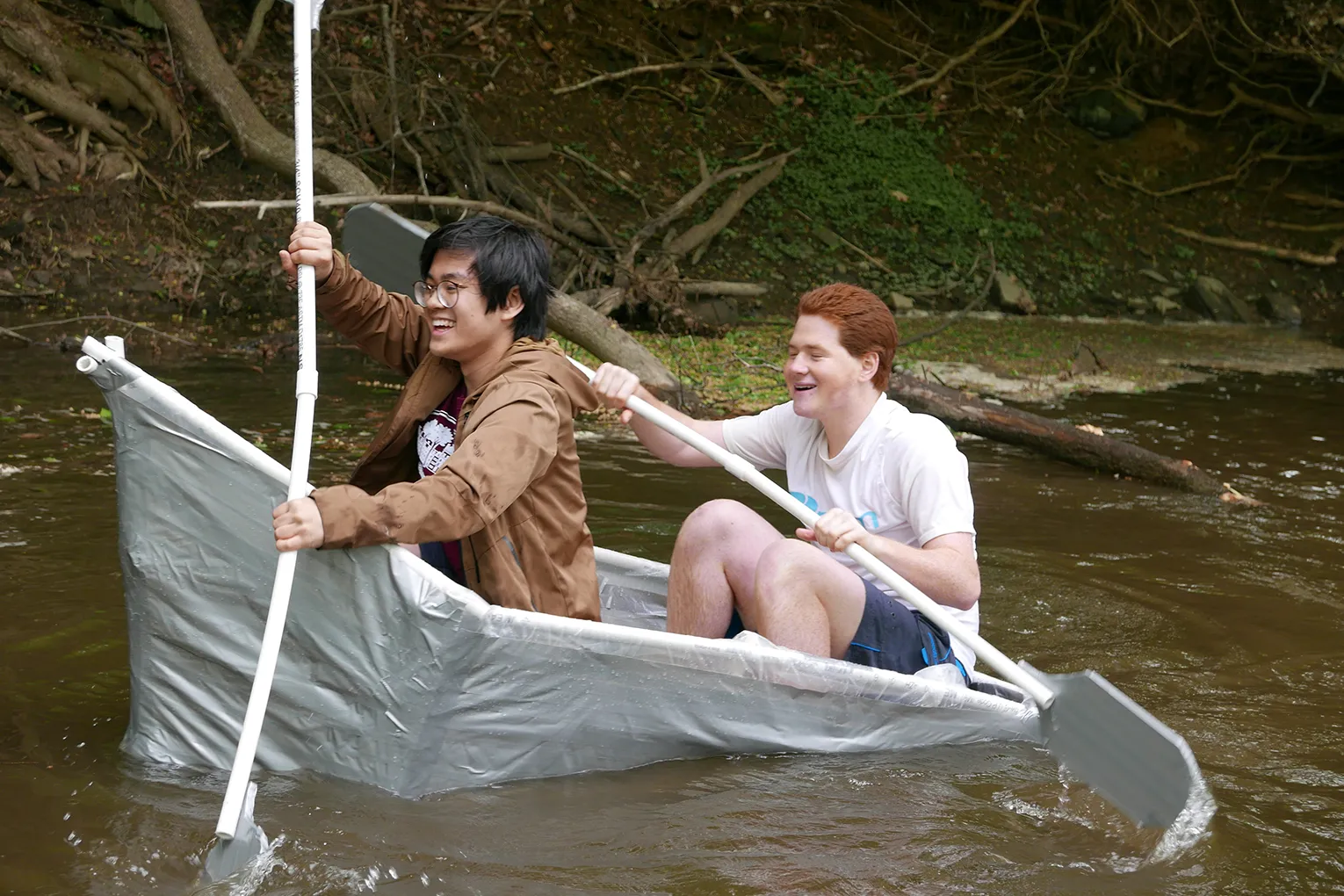- What does sustainable travel mean?
Sustainable travel encompasses responsible practices aimed at preserving natural resources, respecting local cultures, and supporting community development. It involves minimizing the negative impacts of tourism by reducing carbon emissions, conserving resources, supporting local economies, and respecting cultural heritage. Choosing sustainable travel options helps enhance destination well-being and fosters global tourism sustainability
- What are some core pillars of global engagement that foster sustainable action?
- Thinking globally and understanding the interconnectedness of environmental, social, and economic issues.
- Acting locally by implementing sustainable practices in daily life and supporting initiatives that benefit local communities and ecosystems.
- Embracing diversity, promoting inclusivity, and advocating for social justice.
- How can I evaluate if a study abroad program prioritizes sustainability?
- Explore eco-friendly study abroad programs listed on platforms like GoAbroad, focusing on Earth Sciences, Ecology, Environmental Studies, and Sustainable Development.
- Consider opportunities in ecovillages through organizations that promote sustainable living experiences abroad.
- Research the program's commitment to sustainability by asking about environmental responsibility, diversity and social justice initiatives, cultural authenticity, and sustainable practices.
- Inquire about the program's promotional materials, hiring practices, sourcing methods, and community support efforts to assess their sustainability efforts.
Transportation
- Does Swarthmore participate in carbon offsets/credits for air travel?
Yes, Swarthmore participates in carbon offset programs to mitigate the environmental impact of air travel associated with study abroad programs. In July of 2022, the College adopted an 'Air Travel Carbon Fee' applied to all College paid air travel. This fee serves as a funding source for college-wide emissions reduction efforts and carbon offsets for air travel as part of our commitment to achieve carbon neutrality by 2035.
- How can I cut down on the carbon footprint for my flight to/from my study abroad program?
-
Choose direct flights to reduce fuel consumption associated with take-offs and landings.
-
Pack light to decrease the weight of the aircraft, thereby contributing to fuel efficiency.
-
- How can I make more sustainable decisions when booking side trips and personal travel?
-
Purchase carbon offsets which support projects that reduce greenhouse gas emissions equivalent to those generated by your flight.
- Consider using alternatives to air travel like trains or buses, especially in regions with well-connected rail and bus networks, such as Europe.
-
- What other environmentally friendly decisions can I make when planning transportation?
-
Utilize public transportation, biking, or walking.
-
Choose eco-friendly transportation options, such as electric vehicles or shared rides.
-
Explore destinations on foot and immerse yourself in the local environment.
-
Embrace slow travel principles. Stay longer in each destination and reduce air travel frequency.
-
Conservation
- What sustainable items can I pack for international travel?
- Bring a reusable water bottle with a filter to reduce plastic waste and save money.
- Keep a small reusable bag in your backpack to cut down on plastic waste and make items easier to transport.
- Carry SZW (sustainability and zero waste) utensils such as bamboo utensils to eliminate the need for single-use plastic utensils.
- Choose products with minimal packaging and opt for eco-friendly alternatives such as refillable toiletry containers and bulk snacks.
- How can I reduce waste while abroad?
- Practice waste reduction by recycling and composting whenever available.
- Carry reusable bags, containers, and utensils to minimize the use of single-use plastics.
- Choose biodegradable or compostable items like toothbrushes, soap, and shampoo bars.
- Avoid purchasing unnecessary items. Reduce consumption. Adopt a minimalist lifestyle.
- What steps can I take to conserve water while abroad?
- Take shorter showers and turn off taps when not in use.
- Use a bowl or basin to wash fruits and vegetables instead of letting the faucet run continuously.
- Advocate for water-saving initiatives within your accommodation or host community, such as installing water-saving devices or fixing leaks and other inefficiencies.
- Reuse towels and linens to reduce laundry frequency and water usage.
- How can I make my energy usage more efficient while abroad?
- Use natural lighting whenever possible. Turn off lights when not in use.
- Use energy-efficient appliances.
- Limit the use of air conditioning or heating.
Community Engagement
- What are some ways I can support local communities environmentally while abroad?
- Support small businesses and artisans by purchasing locally made souvenirs and goods.
- Participate in community engagement activities such as volunteering or attending cultural events to connect and give back.
- Ask and learn about local environmental challenges and join efforts aimed at addressing them.
- Respect existing local traditions, customs, and agencies related to environmental stewardship and conservation. Be mindful of your place within and relationship to the community.
- What opportunities exist for environmental education and engagement while abroad?
- Educate yourself about local environmental issues and initiatives.
- Get involved in sustainability projects or campaigns while abroad. Organize environmentally conscious events or initiatives within your host community. Reach out to local resources for references and collaborations.
- Attend workshops, seminars, or lectures on sustainability topics offered by local organizations or academic institutions. Visit and engage with local organizations centered on environmental conservation, sustainability, and community development.
- Engage in outdoor activities such as hiking, camping, or wildlife observation to develop a deeper appreciation for the natural world.
Support carbon offset projects and initiatives.



